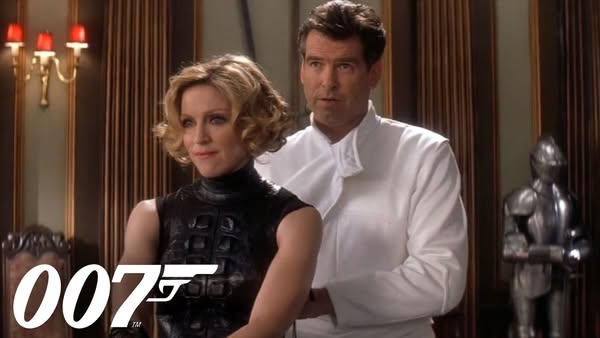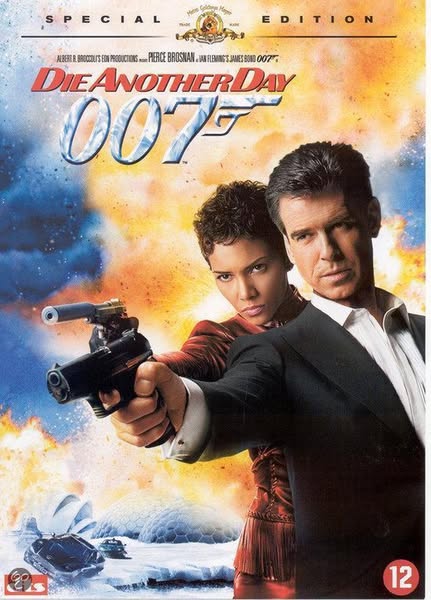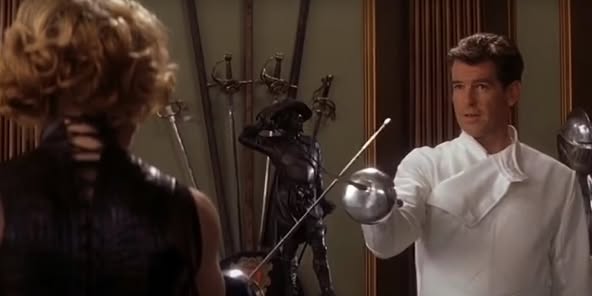Die Another Day (2002)

Die Another Day is a 2002 entry in the long-running James Bond franchise, directed by Lee Tamahori. This film marked the 20th installment and celebrated the 40th anniversary of the series, bringing a modern twist to the iconic spy narrative while retaining the franchise’s trademark elements of action, intrigue, and sophistication.
The story begins with Bond, portrayed by Pierce Brosnan, on a mission in North Korea. After a fierce battle, he is captured and imprisoned, leading to a harrowing 14 months of torture. Upon his release in a prisoner exchange, Bond is driven by a desire for revenge and to uncover the truth behind the betrayal that led to his capture. The film weaves themes of redemption and resilience as Bond navigates a world filled with deception.

A key aspect of Die Another Day is its exploration of technology and espionage. The plot involves a North Korean villain, Gustav Graves, played by Toby Stephens, who is using a powerful satellite weapon to create a new world order. Bond teams up with the beautiful and resourceful Jinx, portrayed by Halle Berry, to thwart Graves’ plans. Their chemistry adds a layer of excitement to the film, echoing the classic Bond girl dynamic while introducing a contemporary twist.

The film features stunning visuals and impressive action sequences, including a memorable car chase on ice and a daring hovercraft battle. The special effects and cinematography showcase the film’s ambition, although some sequences have drawn mixed reactions for their reliance on CGI.
Die Another Day also introduces a notable shift in tone, blending traditional Bond elements with more modern sensibilities. The film incorporates various gadgets and high-tech innovations, reflecting the evolving landscape of espionage in the early 2000s. While this approach has been both praised and criticized, it showcases Bond’s adaptability in a rapidly changing world.

Despite its ambitious scope, the film received mixed reviews from critics, with some praising its action and entertainment value, while others felt it strayed too far from the essence of the Bond legacy. Nonetheless, Brosnan’s performance remains a highlight, capturing Bond’s charm and complexity.
In summary, Die Another Day is a bold and visually striking addition to the James Bond series, blending classic elements with modern technology and action. It explores themes of betrayal, resilience, and the moral complexities of espionage, making it a noteworthy chapter in the iconic franchise. While opinions on its execution vary, it serves as a testament to Bond’s enduring appeal and adaptability in the face of new challenges.











